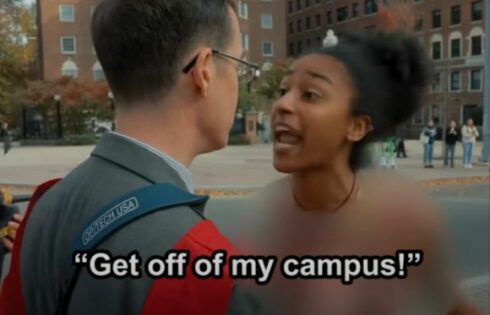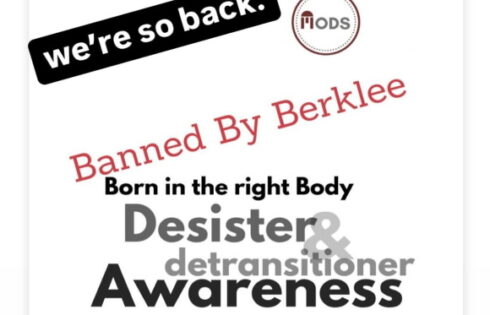
Alternative programs offer pathways to ‘good jobs, satisfying careers, and ultimately, a flourishing life.’
Elected officials should embrace a range of postsecondary educational opportunities instead of championing “college for all,” a former Department of Education official wrote May 2.
Bruno Manno (pictured), a former U.S. assistant secretary of education for policy and planning and current K-12 education program advisor for the Walton Family Foundation, outlined several ways in which the “college for all” model is flawed and introduced a broad alternative proposal.
Only around 40 percent of high school graduates are ready for college, and only about half who enroll complete a degree in six years, Manno stated in an opinion piece for The Bulwark.
Even more, finding a remunerative job doesn’t necessarily require a bachelor’s degree. One estimate indicates that there are 65 million existing jobs with decent salaries in the United States that don’t require one.
Additionally, the U.S. is an outlier in its lack of upper and post-secondary vocational options; an Organization for Economic Cooperation and Development analysis of 35 countries shows that most of them enroll a significant percentage of students in vocational education programs.
College students and parents surveyed nationally are “uncertain about what higher education offers,” Manno stated. Strong majorities of both groups “‘strongly agree’ or ‘somewhat agree’ that there should be ‘more educational options available,’ with strong support for non-college career pathways after high school.”
Introducing his “alternative pathways” approach, Manno wrote:
In response to the chorus calling for a change to the “college for all” model, civic entrepreneurs are creating innovative programs for career pathways in communities across the country.
These programs weave together education, employment, and careers, and they are designed to avoid the isolation of the current education system from employers and the demands of the labor market.
They include apprenticeships, internships, and career and technical education; dual enrollment in high school and postsecondary institutions; career academies; boot camps for acquiring specific knowledge or skills; staffing, placement, and other support services; and income-share arrangements wherein students begin to repay tuition only after acquiring a good-paying job. …
These programs create specialized and skills-based pathways and credentials that are joined to employers and labor market demand. They package education and employment outcomes together. The goal is to ensure that every young person—regardless of background—has multiple pathways available to reach good jobs, satisfying careers, and, ultimately, a flourishing life.
These programs need not replace college for everyone, Manno stated. However, they would provide alternatives that better fit “the needs and the desires of the American people.”
“A plan that involves increasing opportunity, drawing on important civic connections, and seeking to promote both individual vocation and social connections is not only in keeping with the best American traditions, it’s also an approach that could win widespread support,” he wrote.
IMAGE: Walton Family Foundation
Like The College Fix on Facebook / Follow us on Twitter




Add to the Discussion